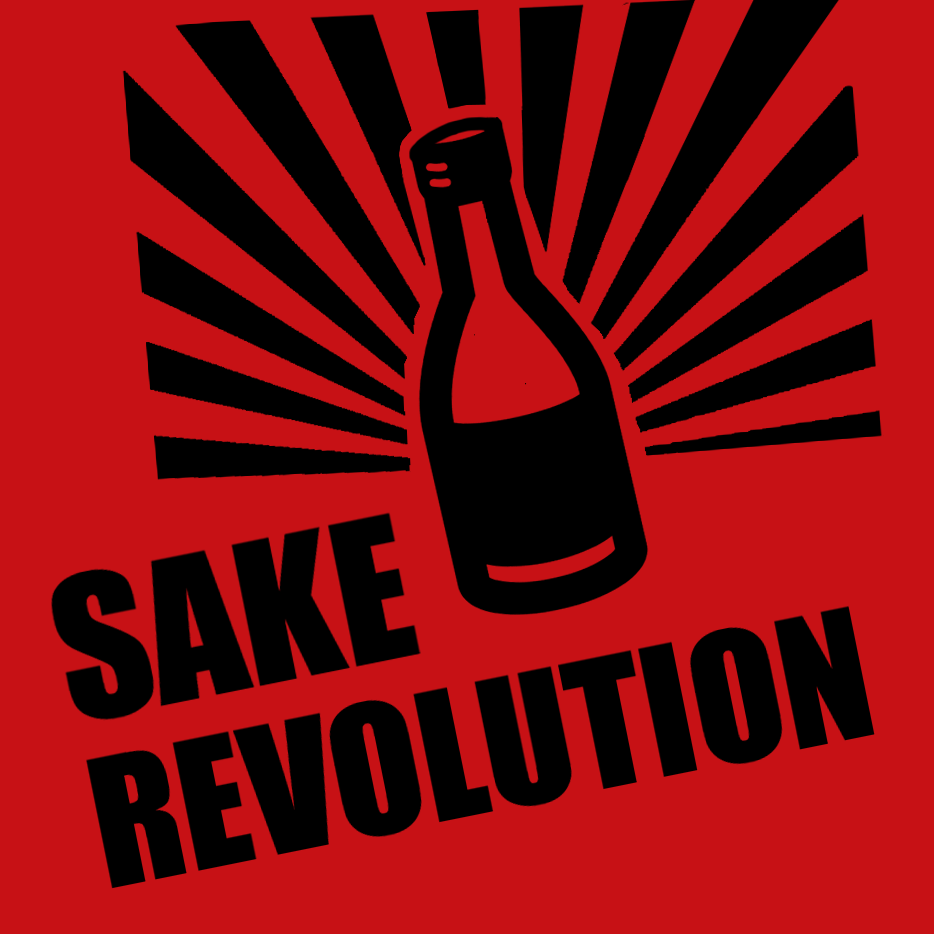Learning the types of Sake produced is a great place to start!
Below are the basic classification grades of Sake:
Junmai / Honjyozo:
 Junmai Sake is brewed using only rice, water, yeast and koji. There are no other additives. To qualify as a Junmai, the rice grain must be milled to at least 70% of it’s original size.
Junmai Sake is brewed using only rice, water, yeast and koji. There are no other additives. To qualify as a Junmai, the rice grain must be milled to at least 70% of it’s original size.
Honjoyzo Sake is the same as Junmai except a small amount of distilled brewer’s alcohol is added to the sake to achieve different flavor profiles.
Junmai Ginjo / Ginjo:
 Junmai Ginjo Sake is brewed using only rice, water, yeast and koji. There are no other additives. To qualify as a Ginjo, the rice grain must be milled to at least 60% of it’s original size.
Junmai Ginjo Sake is brewed using only rice, water, yeast and koji. There are no other additives. To qualify as a Ginjo, the rice grain must be milled to at least 60% of it’s original size.
Ginjo Sake is the same as Junmai Ginjo except a small amount of distilled brewer’s alcohol is added to the sake to achieve different flavor profiles.
Junmai Daiginjo / Daiginjo:
 Junmai Daiginjo Sake is brewed using only rice, water, yeast and koji. There are no other additives. To qualify as a Daiginjo, the rice grain must be milled to at least 50% of it’s original size.
Junmai Daiginjo Sake is brewed using only rice, water, yeast and koji. There are no other additives. To qualify as a Daiginjo, the rice grain must be milled to at least 50% of it’s original size.
Daiginjo Sake is the same as Junmai Daiginjo except a small amount of distilled brewer’s alcohol is added to the sake to achieve different flavor profiles.
There are also some important brewing styles:
Nigori: Sake that is only corsely filtered of rice solids after brewing. These tiny bits of the rice are left in giving this sake a creamy and miky appearance. Be sure to shake up a nigori before you pour.
Namazake: Nama is a word you should know! Trust me. Nama is just unpasteurized sake. It must be constantly refridgerated, consumed within a day or two of opening and is only available seasonally. The trade off for all this is that nama is known for it’s fresh, young, bombastic taste. Delicious!
Genshu: Undiluted Sake. Hot off the presses, sake is normally about 20% Alcohol. Brewmasters usually add pure water to dilute the strength down to 15-16%. Genshu skips this step and give you full-on high octane sake. It’s strong! Often, Genshu is served on the rocks.
Koshu: Aged sake. Normally, sake should not sit around for years, but some premium sake is aged and produces a sake known as Koshu. This produces a golden-amber color and a complex flavor profile. It’s really similar to sherry. Personally, I love this stuff.
Taru: Sake that has been stored in cedar barrels, imparting a cedar-y taste to the sake. If you love to spend time in your cedar closet, this may just be the drink for you. The more sublte the cedar notes, the better.


